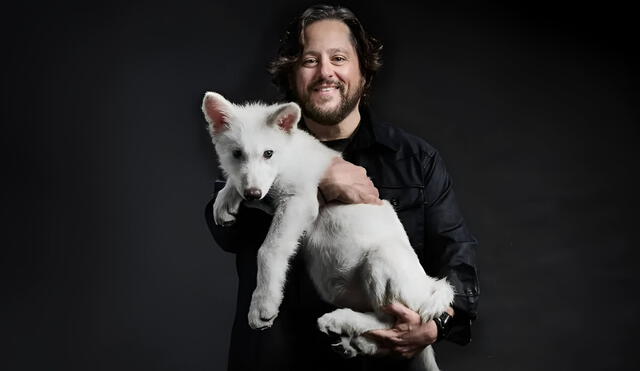Scientists revive extinct dire wolves using ancient DNA, bringing 'Game of Thrones' creatures back to life
Scientists revive the dire wolf in a groundbreaking genetic leap — but experts warn that bringing back extinct species could disrupt today’s ecosystems.

Colossal Biosciences, a biotechnology company, has successfully brought back the extinct dire wolf using advanced genetic engineering. By analyzing ancient DNA from specimens dating back 13,000 and 72,000 years, scientists identified 20 key genetic differences between dire wolves and their closest living relatives, gray wolves. They edited these genes in gray wolf cells and implanted the modified nuclei into surrogate dogs, resulting in the birth of three healthy dire wolf pups named Romulus, Remus, and Khaleesi.

ALSO SEE: Tech giants stocks plunge amid new tariffs: Apple, Meta, and Microsoft face significant losses
Dire Wolves return: Colossal plans to revive woolly Mammoth and Tasmanian tiger next
This achievement marks a significant milestone in de-extinction technology, demonstrating the potential to revive other extinct species. Colossal Biosciences plans to apply similar methods to resurrect the woolly mammoth and the thylacine (Tasmanian tiger). The company is also collaborating with conservation organizations to enhance genetic diversity in endangered species, such as the pink pigeon, aiming to prevent further extinctions.
The de-extinction of the dire wolf has garnered widespread attention, partly due to the animal's prominence in popular culture, notably in the "Game of Thrones" series. The successful revival of this species has sparked discussions about the ethical implications and potential ecological impacts of reintroducing extinct animals into modern ecosystems.
Colossal biosciences genetic breakthrough raises questions about wildlife reintroduction
While the technology offers exciting possibilities, scientists emphasize the importance of careful consideration regarding the reintroduction of species. Factors such as habitat suitability, ecological balance, and potential risks must be thoroughly evaluated to ensure that de-extinction efforts contribute positively to biodiversity and conservation goals.
Colossal Biosciences' breakthrough in reviving the dire wolf exemplifies the rapid advancements in genetic engineering and their potential applications in conservation. As research progresses, it is crucial to balance technological innovation with ethical responsibility to safeguard both revived species and existing ecosystems.











